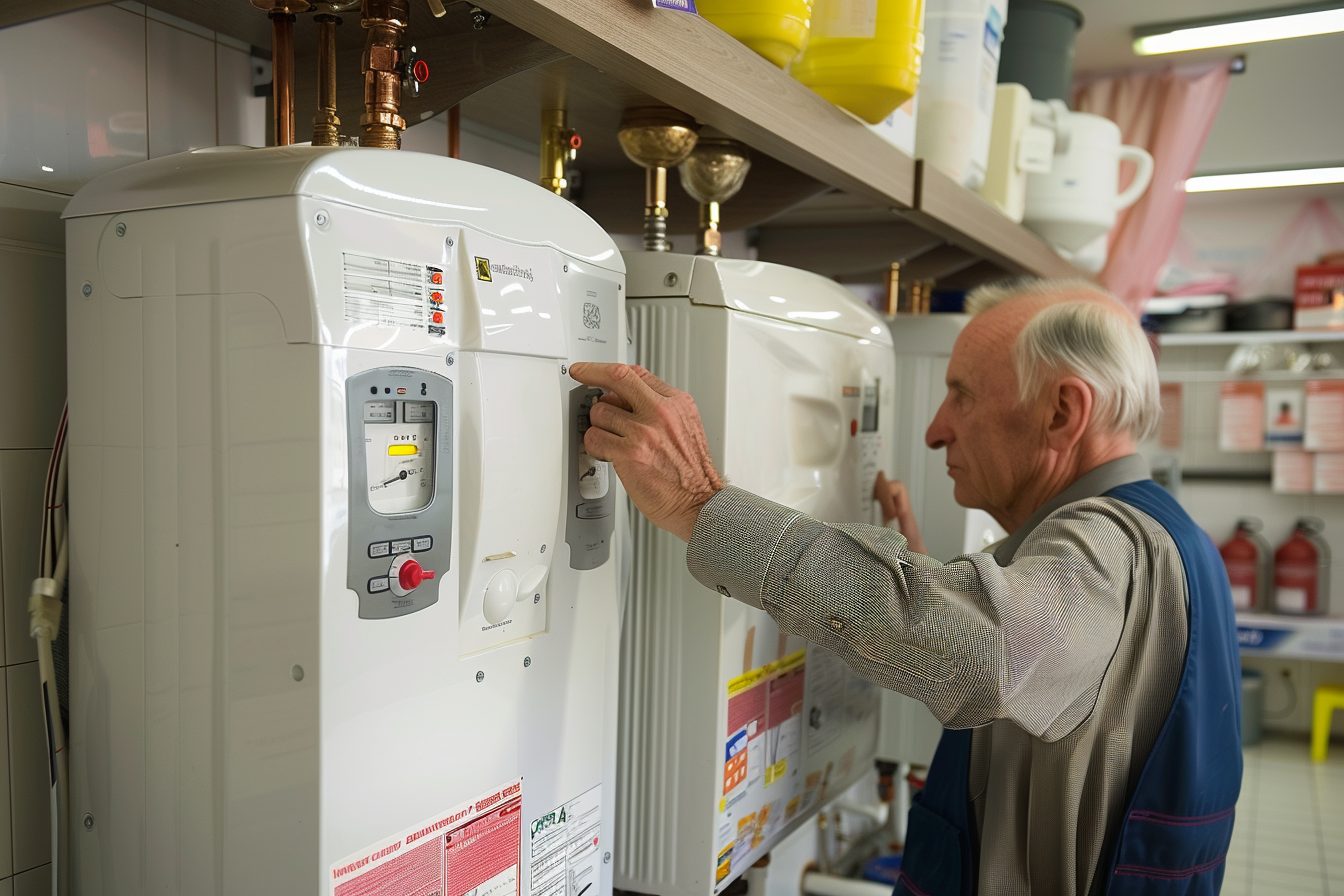Start Hands-On HVAC Technician Training in the US
Looking to begin a career in HVAC? Discover practical training programs across the US that teach heating, ventilation, and air conditioning system repair and installation. No prior experience needed. Learn in-demand skills through flexible in-person or blended learning formats.

What is HVAC Technician Training?
HVAC technician training is a comprehensive educational program designed to equip students with the practical skills and theoretical knowledge required to install, maintain, and repair heating, ventilation, and air conditioning systems. These programs typically cover a wide range of topics, including electrical systems, refrigeration principles, heat transfer, and energy efficiency. Through a combination of classroom instruction and hands-on experience, students learn to diagnose problems, perform repairs, and ensure optimal system performance.
Why Choose a Career in Heating and Cooling?
A career in heating and cooling offers numerous advantages. The HVAC industry is known for its stability and growth potential, with the Bureau of Labor Statistics projecting a 5% increase in employment for HVAC mechanics and installers from 2020 to 2030. This field also provides opportunities for specialization, such as focusing on residential systems, commercial refrigeration, or energy-efficient technologies. Additionally, HVAC technicians often enjoy varied work environments, problem-solving challenges, and the satisfaction of providing essential services to their communities.
What Do HVAC Certification Programs Entail?
HVAC certification programs are designed to validate a technician’s skills and knowledge in specific areas of the industry. These programs typically involve a combination of coursework and practical examinations. Common certifications include those offered by organizations such as NATE (North American Technician Excellence) and HVAC Excellence. Certification programs may focus on general HVAC knowledge or specialize in areas like residential air conditioning, commercial refrigeration, or heat pump systems. Many employers prefer or require certification, making it a valuable asset for career advancement.
How Can You Find Hands-On HVAC Courses?
Finding hands-on HVAC courses is easier than ever, with options available across the United States. Many community colleges, technical schools, and vocational institutes offer HVAC programs that combine classroom learning with practical training. When searching for a program, look for those that provide access to modern equipment and facilities that simulate real-world working conditions. Some programs also offer internship or apprenticeship opportunities, allowing students to gain valuable on-the-job experience while completing their studies.
What Does Ventilation System Training Cover?
Ventilation system training is a crucial component of HVAC education, focusing on the systems that circulate air and maintain indoor air quality. This training typically covers topics such as duct design, air distribution, filtration systems, and indoor air quality assessment. Students learn to install, maintain, and troubleshoot various types of ventilation systems, including those used in residential, commercial, and industrial settings. Advanced courses may also cover specialized areas like clean room ventilation or hospital HVAC systems.
What Are the Costs and Duration of HVAC Training Programs?
HVAC training programs vary in cost and duration depending on the type of program and the institution offering it. Here’s a general overview of what you can expect:
| Program Type | Duration | Estimated Cost Range |
|---|---|---|
| Certificate Program | 6-12 months | $1,200 - $15,000 |
| Associate Degree | 2 years | $6,000 - $35,000 |
| Apprenticeship | 3-5 years | Varies (often paid training) |
| Short-term Courses | 2-6 weeks | $500 - $5,000 |
Prices, rates, or cost estimates mentioned in this article are based on the latest available information but may change over time. Independent research is advised before making financial decisions.
The cost of HVAC training can vary significantly based on factors such as location, program reputation, and included materials or certifications. Some programs may offer financial aid, scholarships, or payment plans to help offset costs. Additionally, apprenticeship programs often provide paid on-the-job training, allowing students to earn while they learn.
When considering the cost of HVAC training, it’s important to view it as an investment in your future career. The skills and certifications gained through these programs can lead to well-paying job opportunities and long-term career stability in the HVAC industry.
In conclusion, starting hands-on HVAC technician training in the US can be an excellent path to a rewarding career in the heating, ventilation, and air conditioning field. With a variety of program options available, from short-term courses to comprehensive degree programs, aspiring HVAC technicians can choose the educational path that best suits their goals and circumstances. By gaining practical skills, industry certifications, and real-world experience, graduates of these programs are well-positioned to enter the growing HVAC job market with confidence.




